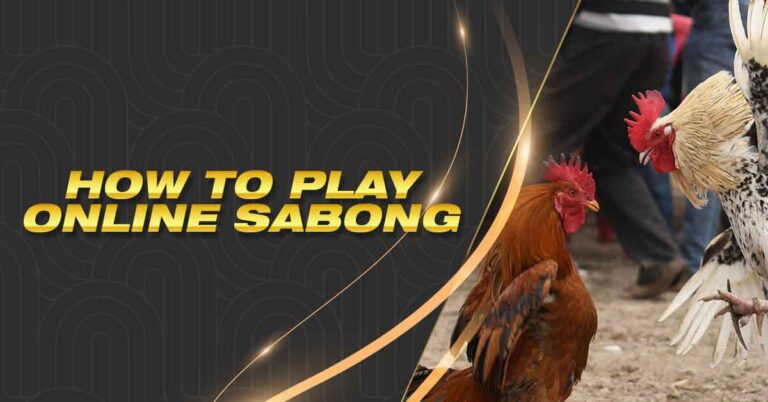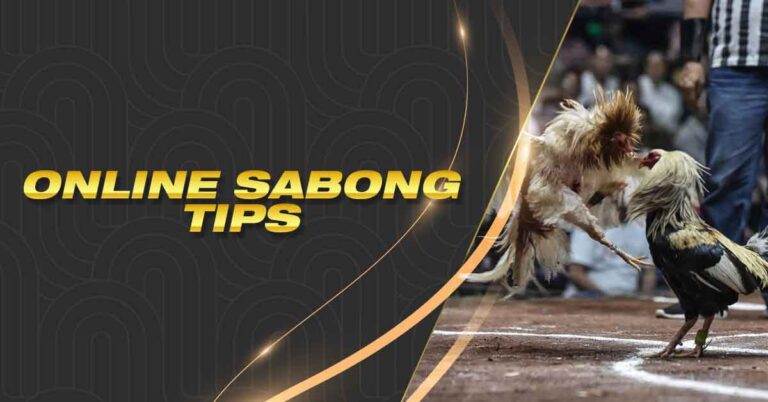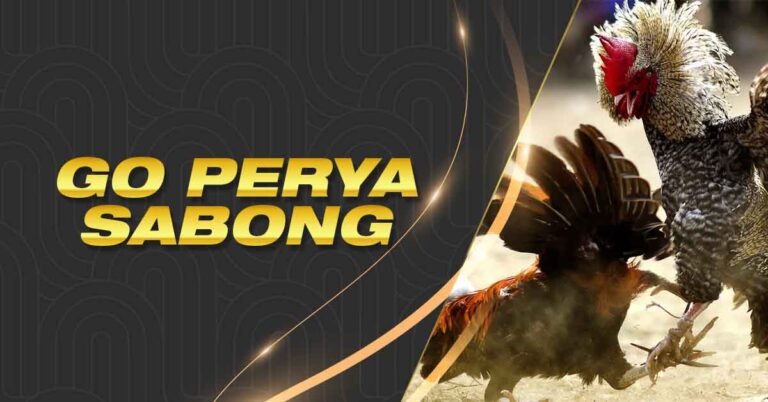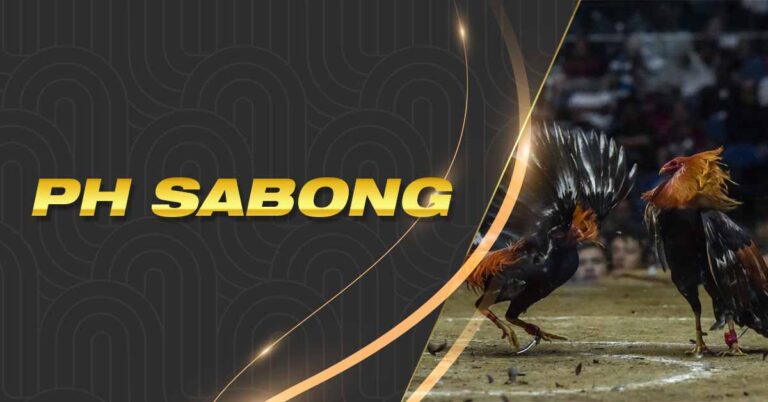Cockfighting and the Best Sabong Breeds
Join in the fun and exciting world of sabong betting by learning what cock fighting is all about. This competitive sport that is now brought online is contributing a whole new world of experience to sabong bettors in the Philippines and abroad.
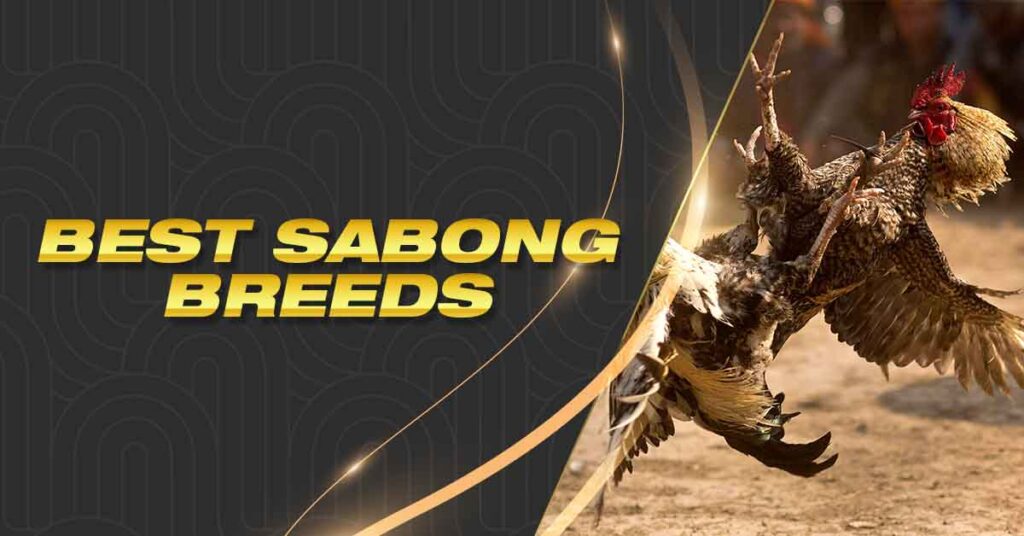
In live sabong, the best roosters are carefully bred to guarantee that they are more aggressive and have greater power and stamina than other roosters. Not all roosters can be tossed into a cockpit and made to fight. To make roosters better and increase their chances of competing with other roosters, breeders selectively breed them. It’s reasonable to state that you’ll need to pay attention to the competing breeds when you go play sabong through trusted e-sabong platforms.
One key piece of advice by Pesowin for winning online sabong bets is to be aware of the best fighting chicken breeds.
Characteristics of a Winning Sabong Gamefowl?
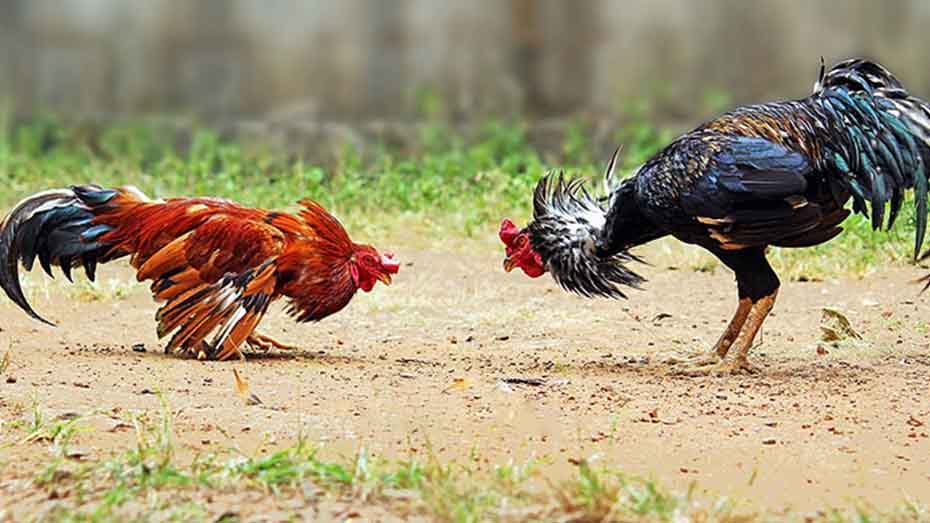
The greatest breeders and individual cockfighters constantly monitors which breeds are the best to raise. Because gamefowls are breeds dedicated to fighting other cocks, their temperaments are aggressive from an early age. To prevent these roosters from fighting, breeders will need to keep them apart from other roosters.
Naturally, a variety of elements like food, breed, environment, training, and vitamins determine a top gamefowl. However, experts concur that there isn’t a single ideal breed of gamefowl, a breed has a higher chance of producing winners in the future than other breeds if it produces a large number of winners in a large number of matches. Of course, if a cock isn’t fed and taught correctly, even the best breed of rooster will perform poorly in a match.
Best Sabong Breeds for Betting
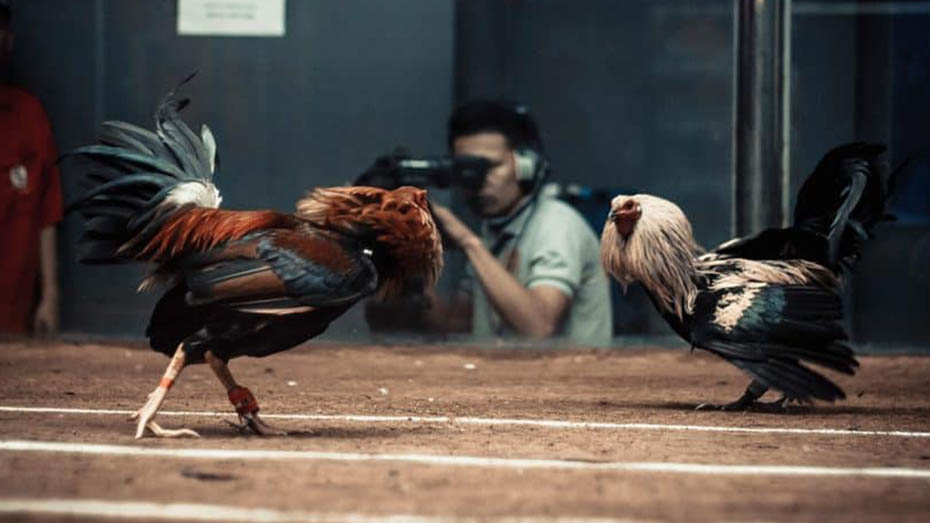
Asil
One of the few best sabong breeds that is thought to be a historically excellent gamefowl breed is the Asil. This breed, which originated in Pakistan and India, is well-known for the following traits:
Sweater
Carol Nesmith developed the robust breed known as the Sweater from a group of roosters that were considered unfit for use in competitive events. This breed has triumphed in several derby contests for years in some of Mexico’s and the Philippines’ most intense cockpits. As a result, the Sweater gained recognition as a breed for its numerous victories across the globe.
The early Sweaters were notorious for their lack of endurance, but over time and the introduction of new bloodlines, they evolved into the swift and lethal Sweaters of today whose characteristics involve fast and quick persistent attacks. They can fly high and are extremely dangerous when on the cockpit ground. These deadly traits that they have, give their challengers only two options: flee or surrender.
Kelso
Walter Kelso created a hybrid breed of poultry known as Kelso fowl. Years of trial and error involved crossing hens Kelso inherited from John Madigin with various roosters, including some from other breeders, to create this breed. Due to their poor quality, many of the progeny that were produced were failures; nevertheless, in 1951, Kelso achieved success when one of the progeny won two battles. After that, this cock developed into a brood cock, producing progeny that went on to win numerous derby championships.
One of the traditional gamefowls utilized in many competitions nowadays is the Kelso breed, which is presently seeing a lot of action in the Philippines. Typically, a Kelso is a red bird with black breasts, straight or pea combs, and white or yellow legs and are one of the smartest cock in the fighting arena. Kelsos are more renowned for sidestepping before attacking and not engaging the opponent in the air.
Although many breeders contend that purebred Kelsos are ineligible to compete in contemporary games, breeders nevertheless use Kelsos to create new lineages. Breeders are already crossing purebred Kelsos with various breeds to produce more deadly bloodlines that retain the fighting style of the original Kelsos.
Hatch
The renowned Hatch Gamefowl breed, which dates back to the late 1800s, is a favorite among American fighting rooster lines. This breed stands out for its power, speed of attack, and high level of endurance when fighting on the ground. Because it doesn’t tire fast, this type is ideal for sabong fights. While retaining their usual vim and ferocity, modern hatches are usually smarter, quicker, and fly higher than hatches from earlier generations. Furthermore, Hatches look well with Radios, Kelsos, and Sweaters.
Hatch Twist
Similar to the Hatch but with a more sophisticated look than the primary breed is the Hatch Twist. The distinctive characteristic of this kind is a neck with white or yellow feathers that contrast with the rooster’s red neck.
Hatch Twists are swift and strong, much like Hatch Gamefowls, but they are more well-known for their “do or die” attitude, which prevents them from fleeing an encounter. In comparison to its predecessors, modern Hatch Twist roosters are quicker and smarter.
Shamo
A Japanese breed of chicken known the world over for its fighting cocks, the Shamo is regarded as one of the greatest. Its build is always recognizable because of its long neck and legs, broad chest, muscular build, and thick feathers. This breed is expressly to be an unrivaled bravery and fury combat cock due to its agility and strength.
Roundheads
Known for being natural-born killers, roundheads are among the popular bets during a live sabong. One way to know if a gamefowl of this kind is well-bred and comes from high-class batch is by tracing its bloodline. If it came from a strong and healthy breed, then winning also comes natural with this fighting cock.
Most Expensive Fighting Rooster Breed
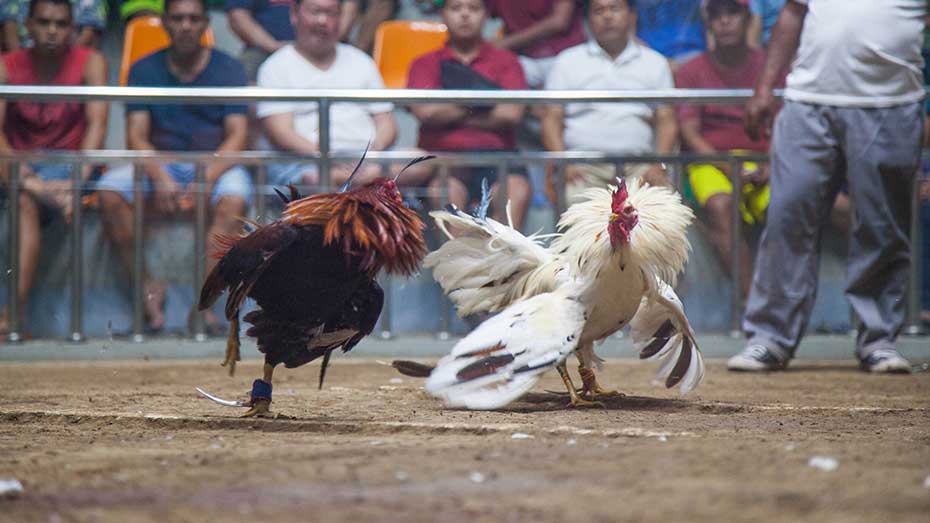
The most expensive gamefowl breed is the Peruvian gamefowl. Born in Lima on November 17, 1899, Don Humberto Gregorio Pedraglio Oddone is credited with creating the Peruvian fighting cock. From the late 1930s until its ultimate modification in the early 1970s, the Peruvian chicken underwent extensive development. They were created by mating several Oriental gamefowl with Spanish and Old English gamefowl making them expensive. The Shamos, Malay, and Asil breeds were the most frequently listed Oriental varieties. This gamefowl breed is traced to have its origin in Italy.
Its characteristics are as follow:
Many Peruvian breeders also keep cocks and hens apart, only putting them in the same pen for breeding purposes before removing them again since Peruvian cocks can occasionally be man-fighters, especially if they are not treated properly. The Peruvian is favored in crossbreeding with other gamefowl breeds because of their fierce fighting behavior.
FAQs
Conclusion
The top breeds of gamefowls in the Philippines reflect a diverse and dynamic poultry culture. From the legendary Sweater and Kelso to the resilient Hatch and Roundheads, these breeds showcase the passion and dedication of Filipino rooster enthusiasts. Success in gamefowl breeding hinges on meticulous care, proper nutrition, and adherence to ethical practices.
As the popularity of breeds evolves, the community continues to thrive, fostering a rich tradition that combines practical knowledge with a deep respect for these remarkable birds used during physical and online sabong matches.











